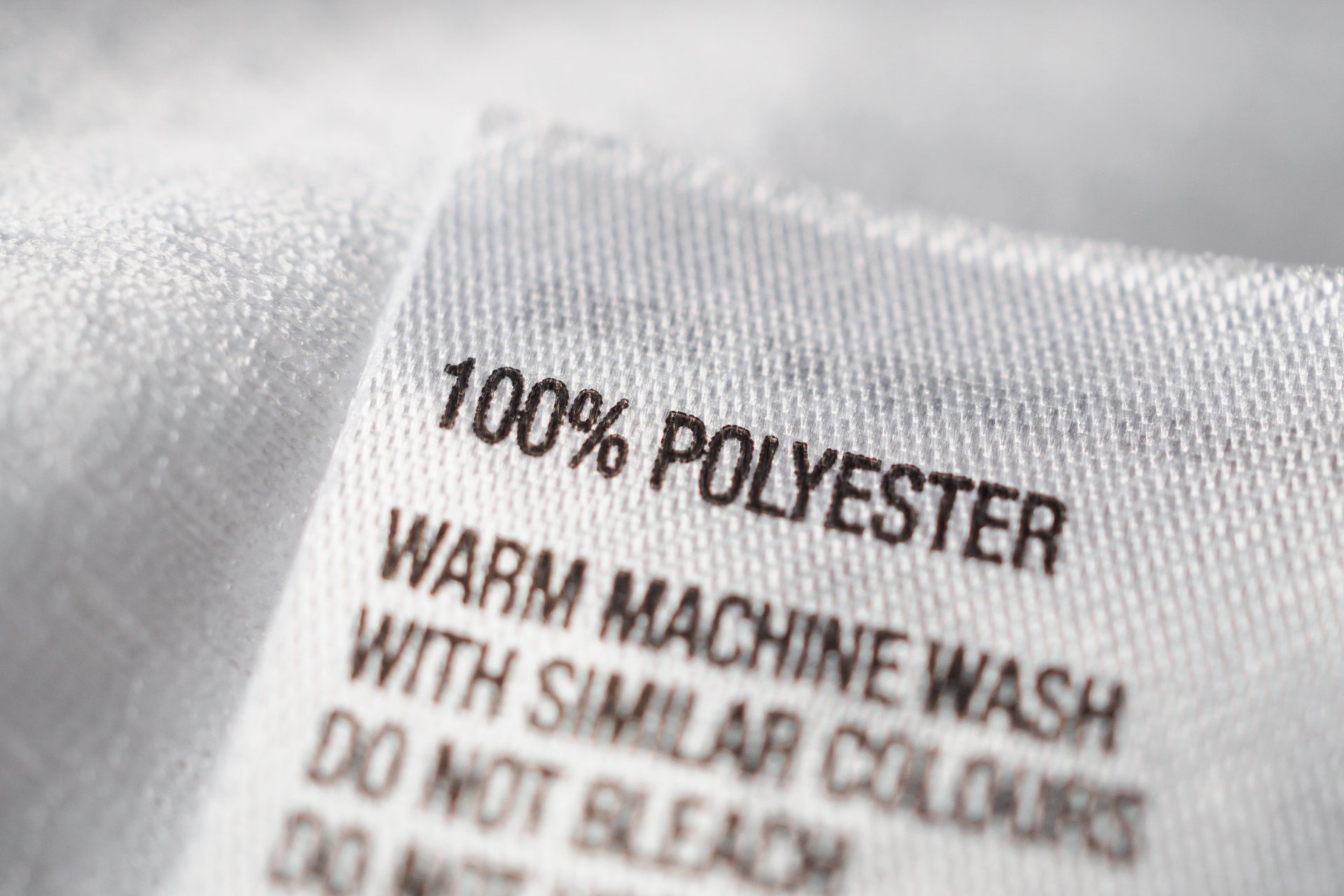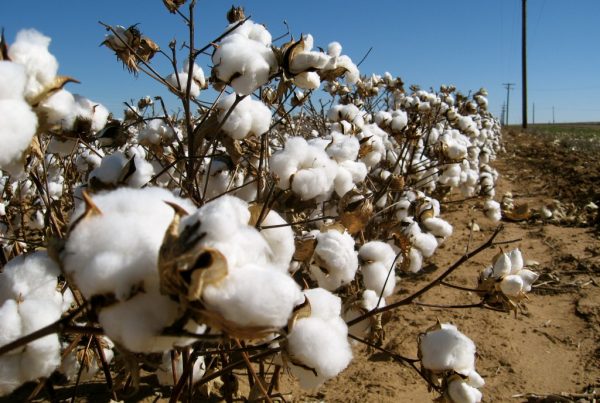 In today’s environmentally conscious, socially responsible world, people are more concerned than ever about the materials they use in their day to day lives. One of the most prevalent modern materials, used in everything from construction to water bottles to custom apparel, is polyester. But how much do you really know about this common substance? Here’s some general information to keep you informed about this staple of modern fabrication.
In today’s environmentally conscious, socially responsible world, people are more concerned than ever about the materials they use in their day to day lives. One of the most prevalent modern materials, used in everything from construction to water bottles to custom apparel, is polyester. But how much do you really know about this common substance? Here’s some general information to keep you informed about this staple of modern fabrication.
History
Polyester or polyethylene terephthalate (PET) has been around since 1941 when it was patented by British chemists James Tennant Dickson and John Rex Whinfield. Drawing on earlier research by American organic chemist Wallace Carothers, they developed Terylene (also known as Dacron), which became popular in the 1950s for its durability and resilience. Polyester grew in popularity until the 1970s, where it fell out of favor because of the coarseness of the material. In 1991, it once again rose to prominence with the introduction of microfibers, and now is one of the most common fibers produced worldwide.
Production
There are several methods used to produce polyester, depending on the final type of polyester desired. Regardless of the final product, several of the steps are the same. First, purified terephthalic acid or dimethyl terephthalate is reacted with mono-ethylene glycol and a catalyst to create PET (polyethylene terephthalate). This molten PET is cooled, dried, and cut into tiny brittle chips. These chips can be melted, extruded, and stretched to create different types of polyester fiber.
Uses
Today, polyester can be found almost anywhere: in building materials, appliances, packaging, aircraft, and most commonly, fabric. Polyester fabrics have several advantages over their conventional cotton and wool counterparts. Pure polyester clothing can be scratchier and less comfortable than clothing made with natural fibers, but it’s also more durable, resistant to wrinkling, and retains dye better. Athletic shirts are commonly made with polyester microfibers, making them breathable and excellent at allowing moisture to evaporate off of the skin. And 50/50 blend shirts have become increasingly common due to their ability to take advantage of the benefits of polyester while retaining the comfort of cotton.
For a more in-depth discussion of the history and production of polyester, swing by the Polyester Educational Guide on our website. And if you’re insatiably curious about other fabrics, our Shirt Materials guides are an excellent read.



